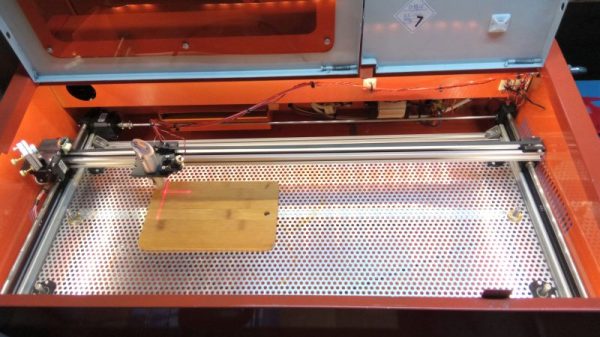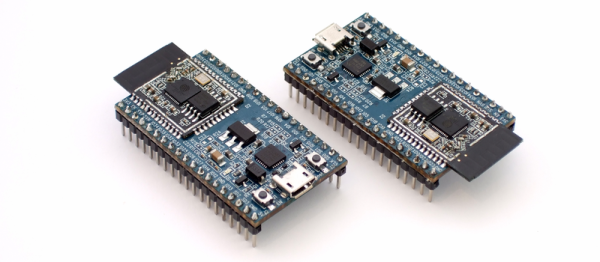[Symantec] Reports Hajime seems to be a white hat worm that spreads over telnet in order to secure IoT devices instead of actually doing anything malicious.
[Brian Benchoff] wrote a great article about the Hajime Worm just as the story broke when first discovered back in October last year. At the time, it looked like the beginnings of a malicious IoT botnet out to cause some DDoS trouble. In a crazy turn of events, it now seems that the worm is actually securing devices affected by another major IoT botnet, dubbed Mirai, which has been launching DDoS attacks. More recently a new Mirai variant has been launching application-layer attacks since it’s source code was uploaded to a GitHub account and adapted.
Hajime is a much more complex botnet than Mirai as it is controlled through peer-to-peer propagating commands through infected devices, whilst the latter uses hard-coded addresses for the command and control of the botnet. Hajime can also cloak its self better, managing to hide its self from running processes and hide its files from the device.
The author can open a shell script to any infected machine in the network at any time, and the code is modular, so new capabilities can be added on the fly. It is apparent from the code that a fair amount of development time went into designing this worm.
So where is this all going? So far this is beginning to look like a cyber battle of Good vs Evil. Or it’s a turf war between rival cyber-mafias. Only time will tell.





















